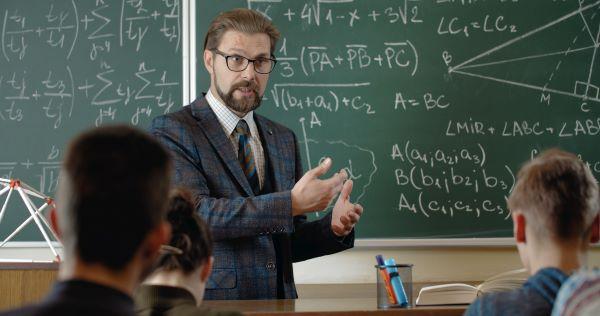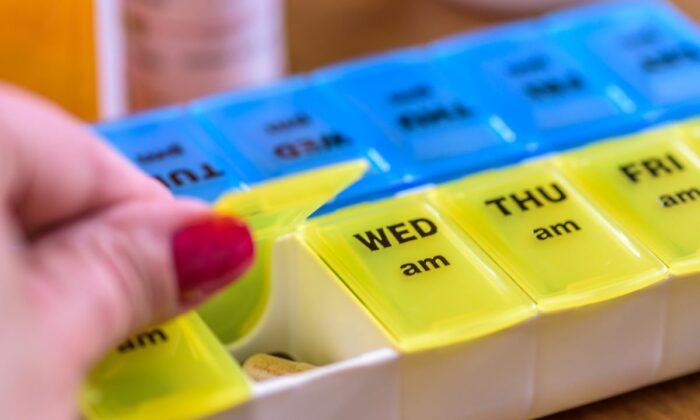With Australia now holding a secondary school mathematics ranking of 29 out of the 38 Organisation for Economic Co-operation and Development (OECD) nations, a drop of 18 places compared to 20 years ago, a new international paper co-authored by a University of South Australia cognitive psychologist shows that hand gestures may provide part of the solution.
The falling maths ranking has created widespread debate over whether curriculum changes are needed in Australia’s schools, but in the latest edition of Integrative Psychology and Behavioural Science, University of South Australia’s Dr. Fernando Marmolejo-Ramos and researchers from China and Iran found that simple hand gestures help students better understand mathematical concepts.
“You see the numbers, equations and graphs, but unless you engage the human motor and sensory skills, they can be very difficult to grasp.”
In order to get maths concepts across, language, intonation, facial expressions, and hand gestures all play a role, but the researchers say the latter is particularly important.
“Using your hands to create triangular, spherical, circular shapes and straight lines, reflecting the formulas you are trying to explain, is vital. It helps our brain better understand the concepts and commit them to memory," Marmolejo-Ramos said.
Gestures are learnt from infancy and hence ingrained in humans as a means of communicating, as well as the processing and acquiring new knowledge, and Marmolejo-Ramos says they are more relevant in teaching maths than other subjects because they engage students’ sensorimotor skills, helping them interpret numbers more effectively.
Marmolejo-Ramos said that the shift from face-to-face teaching to online learning over the past two years due to COVID-19 had added another degree of difficulty for maths students.
“When the only input you have is from a screen and a set of headphones, it is more difficult to use tools and gestures on the screen," Marmolejo-Ramos said.
“It’s not impossible, however, and if online learning is going to become more widespread, then hand gestures should be incorporated into the online teaching.”
Marmolejo-Ramos told The Epoch Times that while the use of hand gestures to improve the grasping of mathematical concepts sounds like a simple idea, it’s backed up by a lot of new scientific evidence.
“That’s why we are proposing that particular approach to the teaching of mathematics,” he said, adding that as the paper has only recently been published, he doesn’t think the education department is aware of it yet.
If the Department of Education gets to see the publication and tries to understand the background behind it, Marmolejo-Ramos believes they will be keen to trial it in the classroom.
The OECD’s Programme for International Student Assessment (PISA) assesses 15-year-old students in the subjects of maths, science, and reading skills every three years and has shown that, on average, Australian maths students are 14 months behind where they were 20 years ago.





